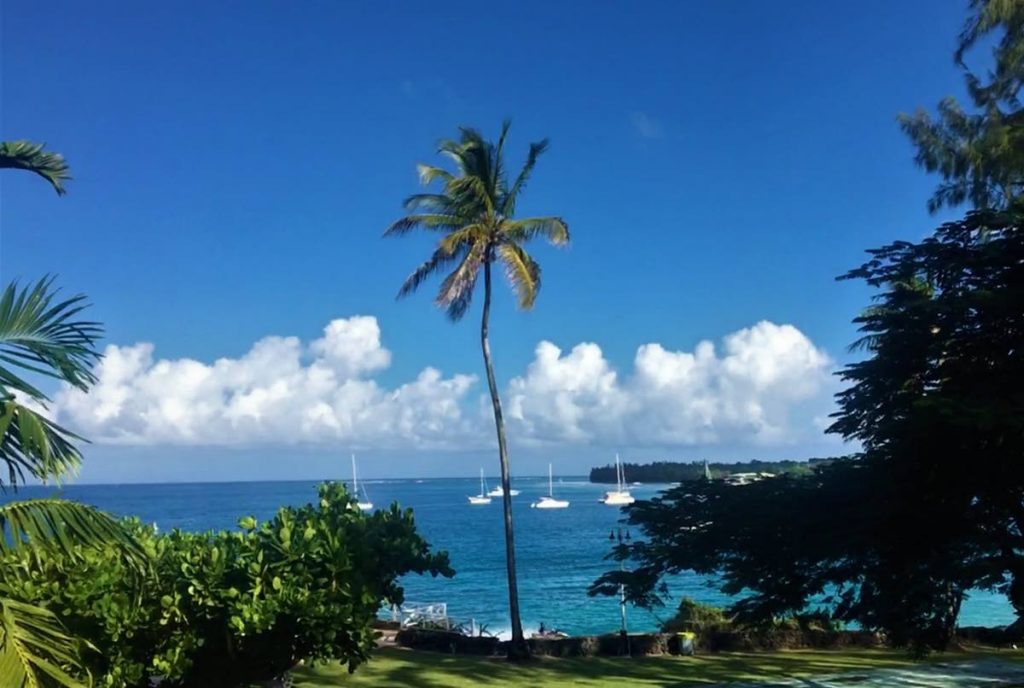Tobago’s $B budget hole

A LOT of figures were given on Monday at the Tobago House of Assembly as Secretary of Finance and the Economy Joel Jack presented a budget proposal for the island. If you blinked you might have missed the most important figure of them all. While the overall expenditure is projected at $4.58 billion, the estimate of revenue is merely $211.1 million. Such a shortfall is in no way acceptable. Instead of focusing on maintaining the status quo, both the THA and the central government need to address this huge gap.
Jack’s presentation was wide-ranging and touched on a number of varied projects and initiatives that will be vital going forward: diversification; fostering innovation and creativity; tourism sector development; monetising cultural resources; stimulating the agriculture sector; investment in physical infrastructure; education and human capital development, and provision of housing opportunities, among others. All are things required to push Tobago upwards.
However, while some economic indicators are encouraging, Trinidad and TT’s economy remains beset by challenges. As such, the central government is not obliged, morally or legally, to give the THA exactly what it requests. For example, for fiscal 2018, the total budgetary allocation to the THA amounted to $2.18 billion. This was a decrease of about 6.7 per cent, according to Jack. Tellingly, of the previous allocation, $1.86 billion was allocated for recurrent expenditure and $315.7 million was allocated for development programme expenditure – a sign that the lion’s share of funds is being used to service ongoing needs that do not necessarily translate into measures that will jump-start the Tobago economy.
And a jump-start is badly needed. While tourist arrivals have increased, with a 236 per cent increase in cruise arrivals alone, the $211.1 million revenue projection tells us a different story. It indicates that the amount of tax receipts from people on the island and the businesses that cater to them is not substantial enough to service Tobago’s needs. Worse, when we consider the funds used for infrastructure development and maintenance, utilities, and public services, the island is clearly spending more to facilitate tourists than it is getting from them.
The question is, therefore, how can Tobago make increased tourist arrivals earn more for its coffers? Jack’s focus on signature tourism projects, such as the planned Sandals resort as well as a three-year tourism plan, is laudable. It makes sense to use Tobago’s prime asset: its natural beauty. But it cannot be forgotten that diversification involves embracing even wider streams. And programmes like URP and CEPEP which could cost $70 million and $54.1 million, respectively, do little to bolster the productivity of the island. Without a complete revamp of the Tobago economy, the island will remain dependent on Trinidad for the servicing of its basic needs, rendering political and legal autonomy useless and also hindering our country’s overall economic growth in the coming decades.


Comments
"Tobago’s $B budget hole"